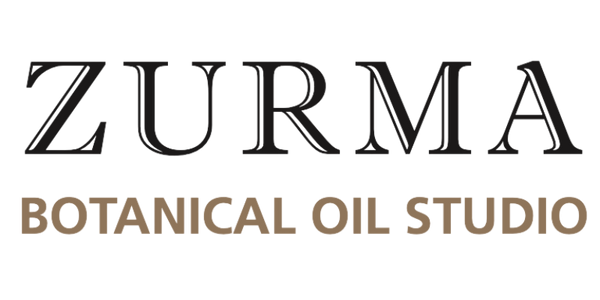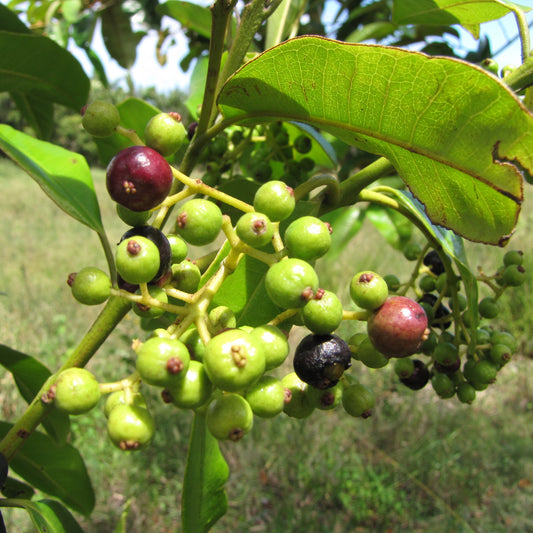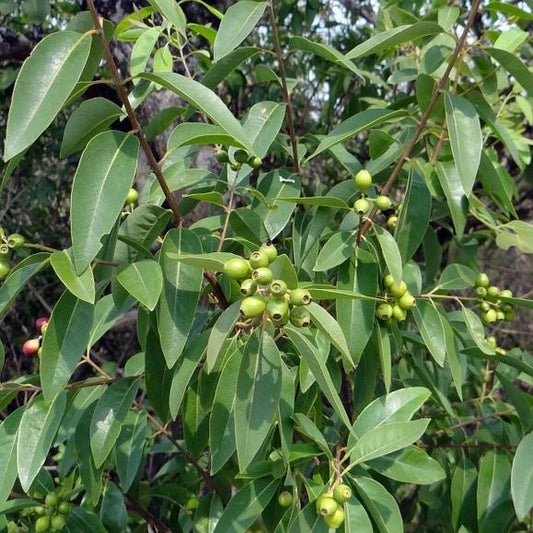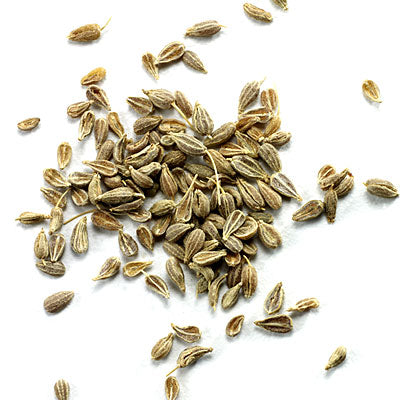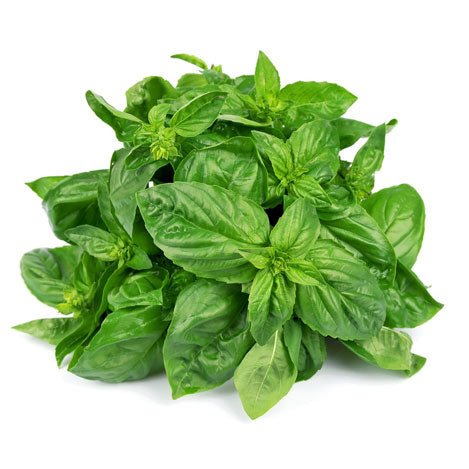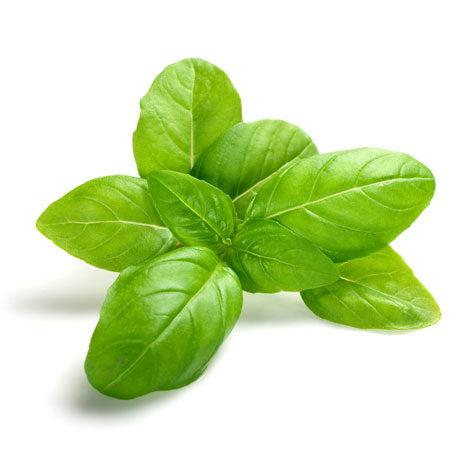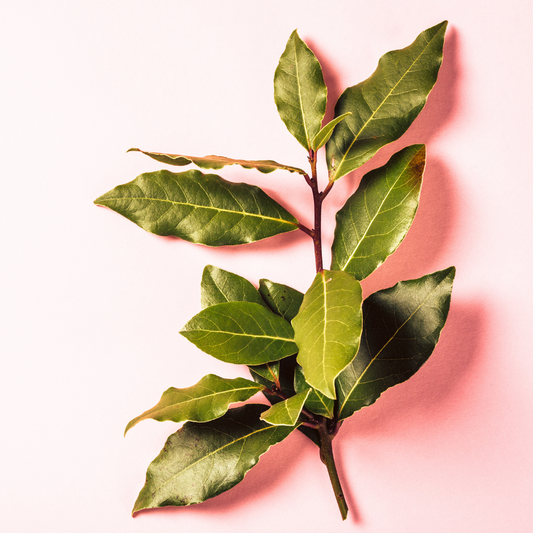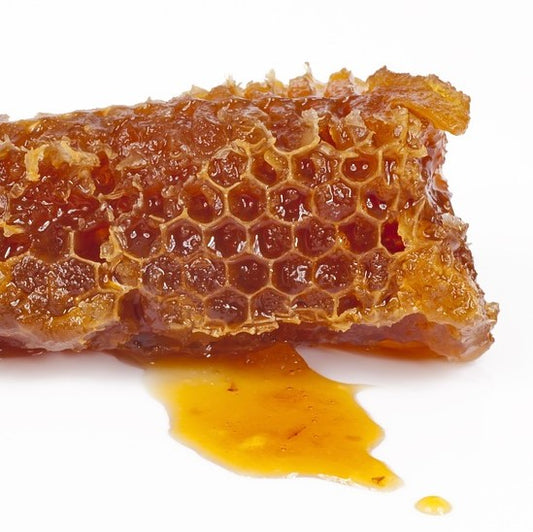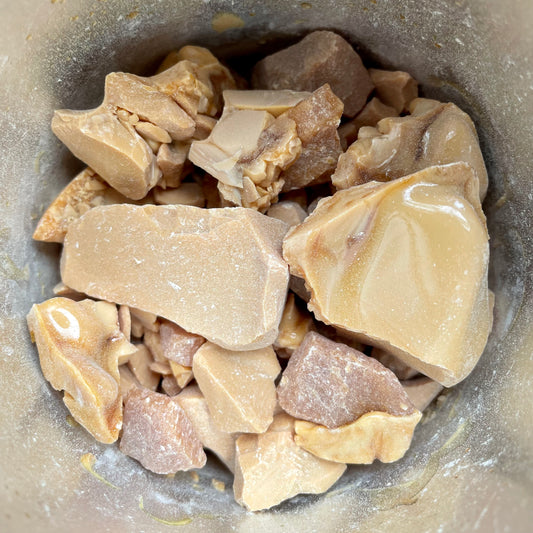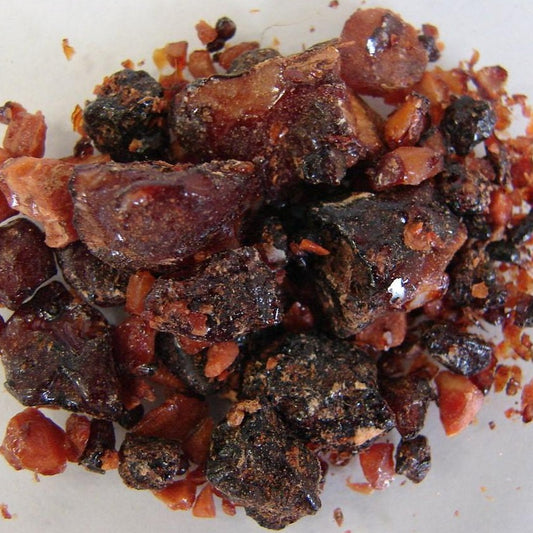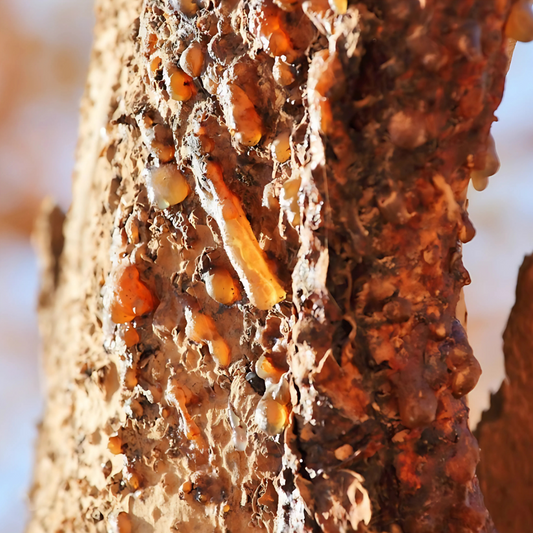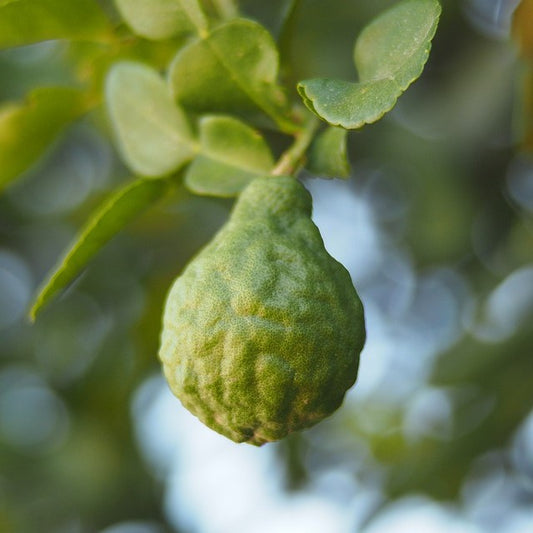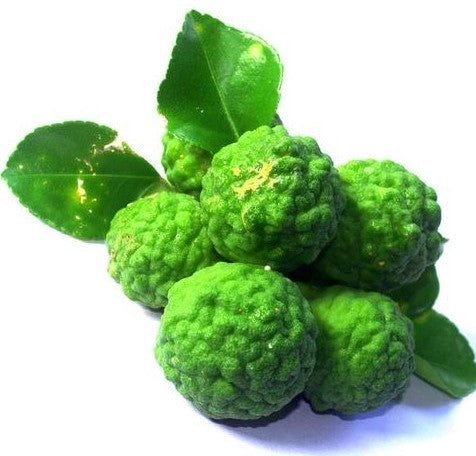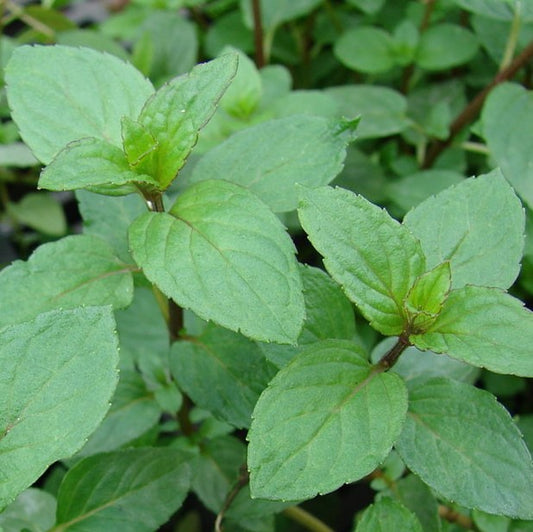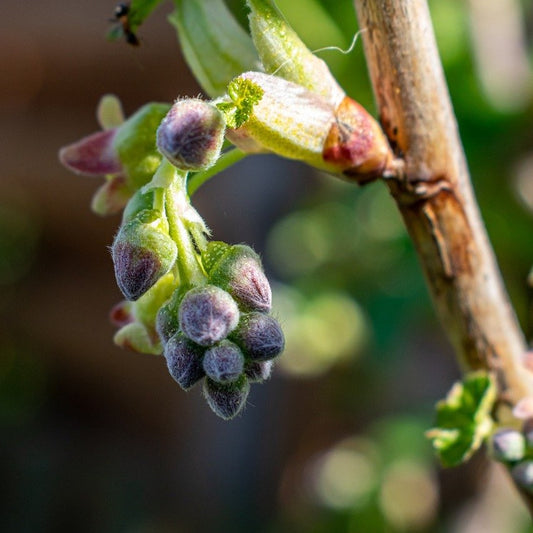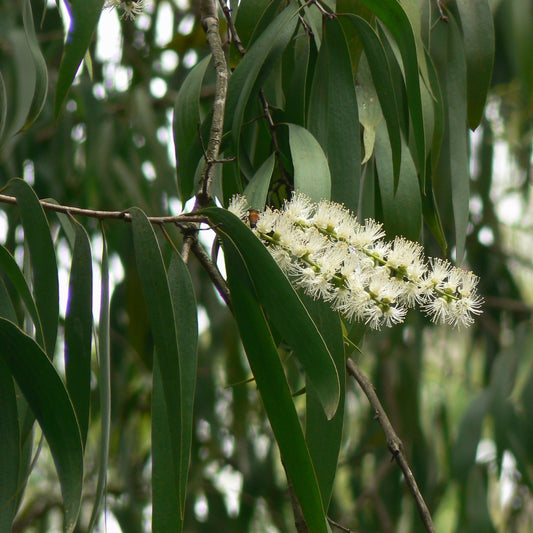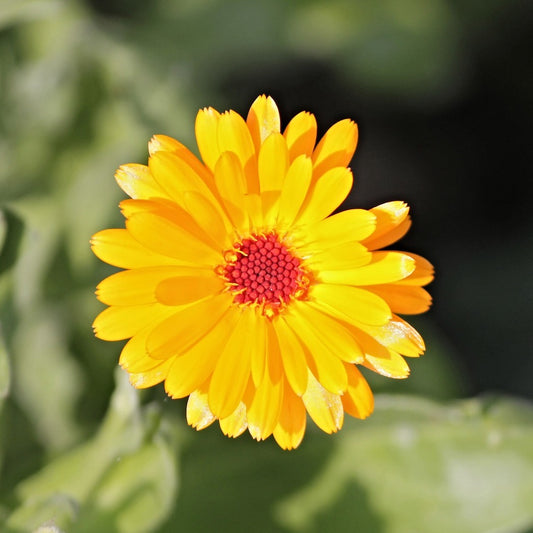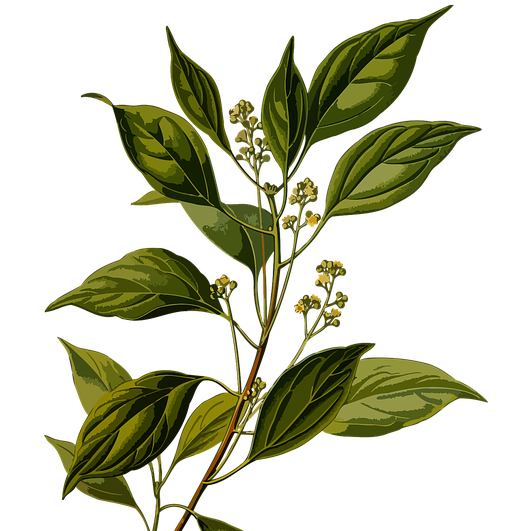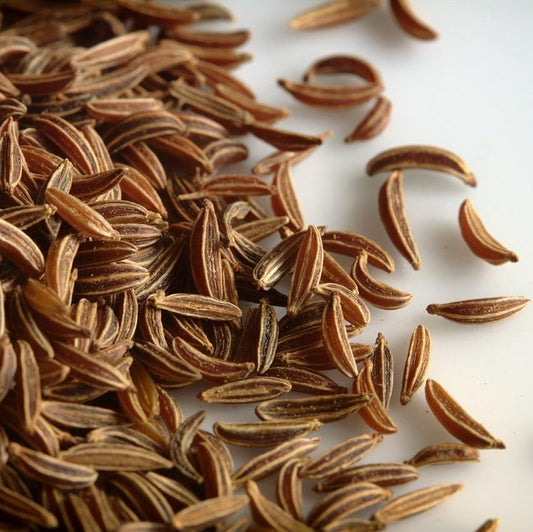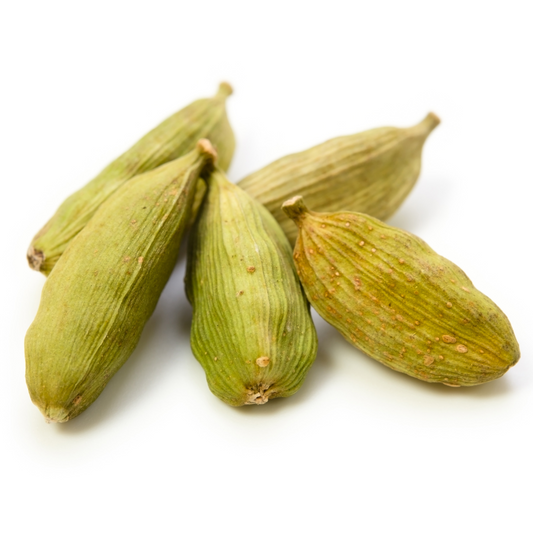FAQs
What is an Essential Oil?
Living plants create two types of oils:
- Fixed oils which are esters of glycerol and fatty acids (triglycerides or triacylglycerols); and
- Essential oils that are a mixture of volatile organic compounds, which make up the flavour and fragrance of a plant.
The essential oil volatile organic compounds are non-water soluble aromatic liquids which are primarily composed of terpenes and their oxygenated derivatives such as alcohols, esters, hydrocarbons, aldehydes, ketones, phenols and acids. Plants use these organic compounds for the purposes of protection from predators, pests, fungi, bacteria and regulation of plant health. As well as to communicate with each other, attract insects and animals that help to pollinate flowers and/or distribute their seeds. Different parts of a plant can be used to obtain essential oils, including the flowers, leaves, seeds, roots, stems, bark, wood, etc.
.
How are Essential Oils extracted?
Essential Oils are extracted from wild or cultivated plant materials using four main methods:
1. Steam Distillation
Most essential oils are derived from a process of steam distillation that has been used for hundreds of years and today remains one of the most favourable methods of extracting essential oils. Steam is used to rupture the oil membranes in the plant, which releases the essential oil. The steam carries the essential oil to a condenser and then as it re-liquefies the lighter essential oil floats on top. The water and oil is then separated and the water portion is referred to as a hydrosol or floral water. The oil portion derived from this process is the essential oil.
The essential oil distilling equipment including the condenser, separator and cooking chambers can all have an enormous impact on the quality of the oil. As well as, the distillation temperature and pressure.
Hydro-distillation is a relatively recent method that is very similar to steam distillation except that the steam comes in through the top rather than the bottom, and there is a shorter distillation time. It is useful in extracting essential oils from woody or tough material or seeds.
2. Cold Press
When essential oils are derived from the rind of fruits this is done through a cold press process. This method does not involve any solvents or heat of any kind. Traditionally the essential oil is obtained by using high mechanical pressure to literally squeeze the oil from the rind, or a more modern way is with a rolling and pricking machine that causes the oils to be released from the rind. The resulting material is then put through a spinning centrifuge, which separates the majority of essential oil away from other fluid collected. Most of the citrus oils are extracted in this manner including grapefruit, lime, orange, tangerine and lemon essential oils.
3. Solvent Extraction
Some plant oils are too fragile to be distilled and an alternative method needs to be used. Solvent extraction utilises solvents, such as petroleum ether, methanol, ethanol, or hexane, to extract the odoriferous lipophilic material from the plant. The solvent will also pull out the chlorophyll and other plant tissue, resulting in a highly coloured or thick/viscous extract.
The first product made via solvent extraction is known as a Concrete.
A Concrete is the concentrated extract that contains the waxes and/or fats as well as the odoriferous material from the plant. The Concrete can then be mixed with alcohol, which serves to extract the aromatic principle of the material and this final product is known as an Absolute.
After the solvent extraction process has been completed, the resulting Absolute will have an extremely low concentration of solvent residue, approximately 5 to 10ppm (parts per million) or (less than .0001%). There are also different grades of absolutes. The top grade is the uncut, which can be a thick or semisolid substance, making them difficult to work with.
Less expensive grades are diluted with alcohol to make them more user friendly, however, often the strength of the aroma is slightly diminished. Solvent extraction is used for Jasmine, Tuberose, Carnation, Gardenia, Jonquil, Violet Leaf, Narcissus, Mimosa, and other delicate flowers. Neroli and Rose can also be distilled or solvent-extracted.
4. Carbon Dioxide (CO2)
Super Critical Fluid extraction or Carbon Dioxide (CO2) extraction is a fairly new solvent extraction process that uses CO2 which when put under pressure turns from a gas into a liquid that can then be used as an inert liquid solvent. The CO2 is injected into a tank where the plant material is contained and acts as a solvent to extract the essential oil. The CO2 is a colourless and odourless liquid that is completely removed after the essential oil is extracted.
CO2 extracts contain most of the same constituents as their essential oil counterparts, although they can contain some elements not found in essential oils. CO2 extracts are known for their strong similarity in aroma to the actual plant aroma. Other common CO2 extracts on the market include German Chamomile, Calendula, Frankincense, Ginger and Vanilla.
The CO2 extraction method and equipment to do it is extremely expensive, and so is mainly used for precious or difficult to extract essential oils. Essential oils extracted this way can be very expensive, yet totally amazing and a pleasure to work with.
.
On the Zurma Essential Oil label it claims that Zurma essential oils are “Pure & Natural” what do these terms actually mean?
Before we buy an essential oil in bulk to sell under the Zurma brand name we make sure that these oils have undergone quality control tests such as GC/MS (Gas Chromatograph/Mass Spectrometer), Appearance, Colour, Odour, Specific Gravity, Refractive Index and/or Optical Rotation testing to confirm that they are genuine and authentic essential oils that have not been adulterated in any way.
As such, each batch of essential oil we buy comes with its own Certificate of Analysis (COA) and Material Safety Data Sheet (MSDS) confirming its natural purity. This assessment process ensures that the essential oils are not only Pure and Natural, but that they have also been quality controlled to ensure that they are a high grade quality of essential oil.
The only exception to this quality control process is with the small scale essential oil producers we buy direct from in New Zealand (Lavender, Manuka, Kanuka, Tea Tree etc.). This is because we know and trust these growers who distill their own essential oils.
Finally, all the essential oils have to undergo our own in-house smell, appearance and feel test and if they are not up to our high standards we simply send the product back to the supplier. Based on this quality control process we believe that the Pure and Natural essential oils that Zurma sells are of the highest quality that is excellent for use in aromatherapy.
.
What is Aromatherapy?
Aromatic fragrances, resins and oils from plant material have been used by various cultures for personal grooming, health care, religious and sprirtual purposes for thousands of years. However, the term aromatherapy was first used by the French chemist Rene- Maurice Gattefosse in 1937 when he published his book “Gattefosse’s Aromatherapy” which outlined his clinical findings from using distilled essential oils to help with a range of physiological ailments.
At the time the Gattefosse family was involved in the perfumery business and his intention in using the term Aromatherapy was to distinguish the therapeutic application of essential oils from their perfumery applications.
In more recent times Aromatherapy has evolved into a more holisitic approach that combines both the art and science of utilizing naturally extracted aromatic essences from plants to help balance, harmonise and promote the health of body, emotions, mind and spirit.
“Aromatherapy is a caring, hands-on therapy which seeks to induce relaxation, to increase energy, to reduce the effects of stress and to restore lost balance to mind, body and soul.” - Robert Tisserand.
.
What are Nut and Seed Oils?
Typically extracted from nuts and seeds these 100% natural plant oils have a wide variety of textures, nutritional profiles, healing properties and absorbency rates. This great variety is very helpful in making it possible to specifically address the different needs of skin types and conditions. All of the Zurma Nut and Seed oils are 100% pure and contain no other additives, colours or preservatives (unless otherwise stated in their oil profile).
The nut and seed oils are generally derived from a cold press process from the fatty portions of a plant, usually from either the nut or seed. Unlike essential oils that evaporate and have a concentrated aroma, nut and seed oils do not evaporate or impart their aroma as strongly as essential oils, if at all. These oils are also known as Base oils or Carrier oils and play a central role within aromatherapy and are commonly used as the primary base oil in which essential oils are blended and diluted, for example, for use in massage.
Whilst nut and seed oils lubricate the skin and optimise the absorption of essential oils they also possess their own therapeutic properties, which if carefully selected, can complement the essential oil prescription and increase the overall potency. They are rich in vitamins, minerals and essential fatty acids which help to moisturise, nourish, sooth, heal and regenerate the skin. These properties can also be useful in caring for the hair and scalp.
.
How are Nut and Seed oils extracted?
Nut and seed oils are extracted and processed from wild or cultivated plants using eight main methods:
1. Cold Pressed or Expeller Pressed
Cold pressed nut and seed oils, also known as cold expeller pressed oils, have been mechanically pressed from the fatty portions of the plant while ensuring that the maximum temperature (caused by friction) does not exceed 120 degrees. However, some pressed oils require huge amounts of pressure to be applied which will increase the temperature above 120 degrees after which it is it is no longer called Cold Pressed but referred to as Expeller Pressed. Zurma always strives to supply cold pressed oils whenever possible, however, some oils cannot be cold pressed.
2. Solvent Extracted
Sometimes it is necessary to use a solvent in order to extract the oil from certain seeds, nuts or kernels in order to make the extraction cost effective. Once the oil has been obtained, the solvent is then removed from the oil, but a trace percentage of the solvent may still be present in the final oil. Coconut, Palm, Grape seed and Rice Bran are sometimes solvent extracted.
3. Carbon Dioxide (CO2) Extracted
CO2 extracted nut and seed oils are obtained by using fluid carbon dioxide as the solvent. Carbon dioxide is converted to liquid using high pressure making it a safe and effective solvent that allows all the desirable active constituents of a plant to be collected without the risk of heat degradation. Once the extraction is complete, the pressure is released allowing the carbon dioxide to return to its natural gaseous state, leaving behind only the extracted nut and seed oils of the plant. CO2 extracted oils are the closest representation of the natural plant oils ever achieved. CO2 nut and seed extracts include the volatile components as well as the heavier, waxy components that give plants their colour, and are therefore thick and waxy in consistency.
4. Infusion/Macerate
An infused or macerated oil is a vegetable oil that has been “infused” with the fat-soluble properties of other botanicals. Plant material is bruised and soaked in a base oil for a set duration of time. The base oil is sometimes gently heated to encourage infusion. The material is then filtered. Additional material may be infused in the same oil a number of times. The final oil is then well filtered to remove any traces of plant particles.
The benefit of using an infused vegetable oil is that the oil will contain the therapeutic properties of both the vegetable oil and the botanicals that were infused into the oil.
5. Refined
Some nut and seed oils undergo a refinement process in order to remove impurities, improve the colour or texture, or stabilize the shelf life of the oil. The oil is reacted with a weak base alkali solution that converts the free fatty acids into soap. The oil is then centrifuged and washed with water until the pure oil remains. The oil may also be de-gummed to remove the sticky phospholipids, colour pigments and odour lending portions.
6. Bleached
Some lipids are bleached in order to purify and improve the colour and clarity of the oil. Bleaching is generally done by passing the oil through Fuller’s Earth or clay and then filtering the oil.
7. Deodorised
Some lipids undergo a deodorization process in order to remove compounds that lend an unappealing or overpowering aroma to the oil. This is generally done by blowing high temperature steam through the oil to vaporize the aromatic components. This process is made more effective by heating the oil to high temperatures and performing this process under a vacuum to help remove all of the volatile odorous substances. Due to the high temperatures used, deodorization is clearly the most damaging process used in refining nut and seed oils.
8. Winterized
Oils that are winterized are cooled and filtered to remove the solid crystallized fractions. This process results in a lighter and clearer oil.
.
What is a Hydrosol?
Hydro (Water) Sol (Solution). Hydrosols are waters created from steam distilling plant material. Hydrosols are like essential oils but in far less of a concentration. When plant material is added with water in a large cooker/distiller the steam fills the pot and, as it rises, it causes the glands of the plants to burst and release the oils and essence of the plant into the steam. The oil rises through a condenser and collects in a separate vessel. This is what we know as essential oil. The water that was steamed with the original plant material becomes the fragrant water or hydrosol.
Hydrosols are usually a by-product of essential oil production via steam distillation. Hydrosols have their own valuable therapeutic qualities and properties. There are, however, some artisans that distil hydrosols for the sole purpose of creating beautiful hydrosols, their passion and skills allowing them to create distillate waters that are akin to creating a fine wine.
Hydrosols contain all of the essence of the plant in every drop, like essential oils but in a much milder form, which makes them suitable for all manner of applications where essential oils would otherwise be too strong. There is usually approximately 0.02% essential oil in a hydrosol.
Clinically, the chemical components in the hydrosol are primarily acids, which are hydrophilic (water-loving). Acidic environments are astringent and so the hydrosols are useful in skin care products as astringents that can constrict and contract the skin.
.
Do you have a store where I can come in and test out products before I buy?
No, we are an online retail business.
We do however sell to certain selected stockists throughout New Zealand, where you may be able to test out our products before purchasing.
You can find a list of these stores here: https://zurma.co.nz/stockists/
Shop Essential Oils
-
Allspice Essential Oil
Regular price From $24.15Regular priceUnit price / per$0.00Sale price From $24.15 -
Ambrette Seed (Musk) CO2
Regular price From $66.95Regular priceUnit price / per$0.00Sale price From $66.95 -
Amyris Essential Oil (West Indian Sandalwood)
Regular price From $20.25Regular priceUnit price / per$0.00Sale price From $20.25 -
Aniseed Essential Oil
Regular price From $18.70Regular priceUnit price / per$0.00Sale price From $18.70 -
Basil Sweet ct. Chavicol Essential Oil
Regular price From $23.65Regular priceUnit price / per$0.00Sale price From $23.65 -
Basil Sweet ct. Linalool Essential Oil
Regular price From $37.65Regular priceUnit price / per$0.00Sale price From $37.65 -
Bay Laurel Essential Oil
Regular price From $21.85Regular priceUnit price / per$0.00Sale price From $21.85 -
Bees Wax Absolute
Regular price From $30.70Regular priceUnit price / per$0.00Sale price From $30.70 -
Benzoin Absolute
Regular price From $15.10Regular priceUnit price / per$0.00Sale price From $15.10 -
Benzoin Resin Essential Oil
Regular price From $25.10Regular priceUnit price / per$0.00Sale price From $25.10 -
Benzoin Sumatra Liquid Resinoid Oil
Regular price From $17.30Regular priceUnit price / per$0.00Sale price From $17.30 -
Bergamot Bergaptene Free Essential Oil
Regular price From $28.65Regular priceUnit price / per$0.00Sale price From $28.65 -
Bergamot Essential Oil
Regular price From $22.25Regular priceUnit price / per$0.00Sale price From $22.25 -
Bergamot Mint Essential Oil
Regular price $12.75Regular priceUnit price / per$25.50Sale price $12.75Sale -
Birch Sweet Essential Oil
Regular price From $23.75Regular priceUnit price / per -
Blackcurrant Bud Absolute
Regular price From $16.55Regular priceUnit price / per$0.00Sale price From $16.55 -
Blood Cedarwood Essential Oil
Regular price From $16.80Regular priceUnit price / per$0.00Sale price From $16.80 -
Blue Tansy Essential Oil
Regular price From $52.15Regular priceUnit price / per$0.00Sale price From $52.15 -
Bran Absolute
Regular price From $26.30Regular priceUnit price / per$0.00Sale price From $26.30 -
Cajeput Essential Oil
Regular price From $16.55Regular priceUnit price / per$0.00Sale price From $16.55 -
Calendula CO2
Regular price From $20.70Regular priceUnit price / per$0.00Sale price From $20.70 -
Camphor White Essential Oil
Regular price From $15.65Regular priceUnit price / per$0.00Sale price From $15.65 -
Caraway Seed Oil Essential Oil
Regular price From $20.25Regular priceUnit price / per$0.00Sale price From $20.25 -
Cardamon Essential Oil
Regular price From $32.80Regular priceUnit price / per$0.00Sale price From $32.80 -
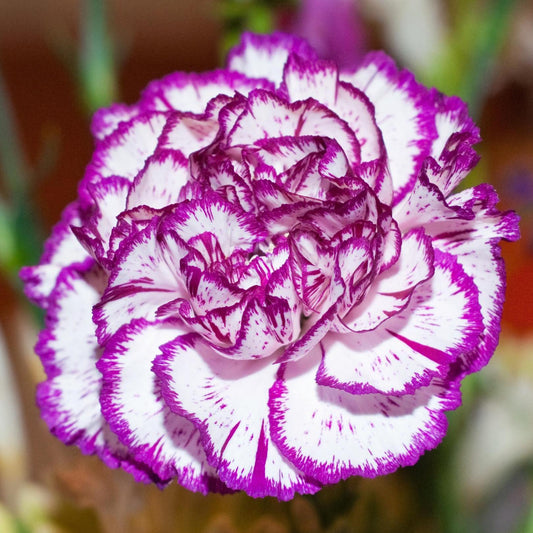 Sold out
Sold outCarnation Absolute
Regular price From $128.55Regular priceUnit price / per$0.00Sale price From $128.55Sold out
